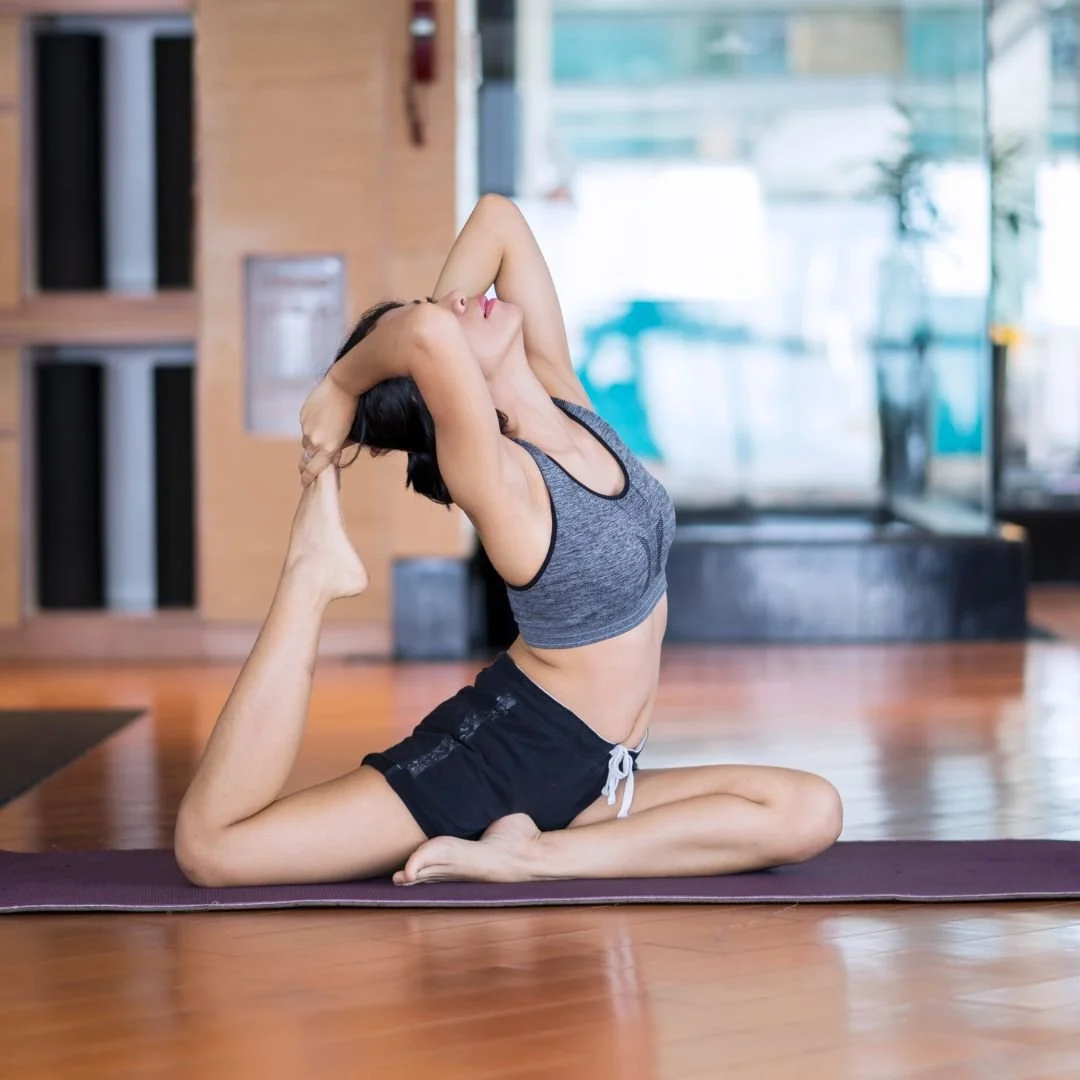HYPERMOBILITY 101
DO YOU LIVE IN A BENDY BODY?
DO YOU EXPERIENCE CHRONIC TENSION & PAIN?
If you are hypermobile then maybe you gravitated towards practices such as yoga, living in a naturally bendy body meant that postures that required high levels of mobility perhaps came easy to you.
But it’s also possible that over time you started to experience pain in your body & that this pain meant that your much loved yoga practice became something that no longer brought the same joy.
There could be several reasons for this but one could be that performing a practice where its prime goal is end range postures in a body with joint hypermobility & doing this on repeat, will lead to tired, tight & weak muscles.
Does this mean you need to stop practicing?
Well it depends
If you’re willing to consider an approach that invites you to be curious about your body & one that values mid range movement, then you may find that your practice takes on a whole new meaning.
However pursuing end of range postures & a performance based practice, may well to continue to aggravate your body & lead to injury.
HYPERMOBILITY - SOME FACTS
Mobility is the movement available to a joint due to bone shape & the joint capsule & ligaments surrounding it.
Flexibility is the movement available to a joint due to muscle strength, length, & resting tone (tension in the muscle at rest)
Hypermobility is related to what is going on in the bones, the ligaments & the tendons. Unlike flexibility, which is about range of motion, hypermobility is more about what is happening in the joint. People with joint hypermobility may experience chronic tension in their body, as the muscles seek to stabilise in the joint, the muscles tighten.
In other words increased mobility does not always correlate with increased flexibility.
Hypermobility can be caused by an underlying genetic difference in connective tissue, these differences lead to more laxity in the joints capsules, ligaments, tendons & fascia. Joint hypermobility is associated with an increased risk of injury, as well as symptoms across multiple systems of the body.
Common hypermobility co-morbidities
Joint dislocation, subluxation & pain
Labral tears
Sprains & strains
Headaches
Pelvic floor issues
Dysautonomia
Mental health & neurodevelopmental differences
Impaired proprioception & altered interoception
Muscle tension
Fibromyalgia
Chronic fatigue & sleep issues
Digestive issues & disordered eating



